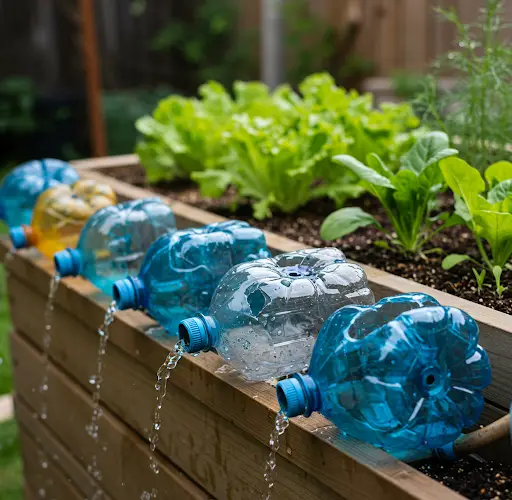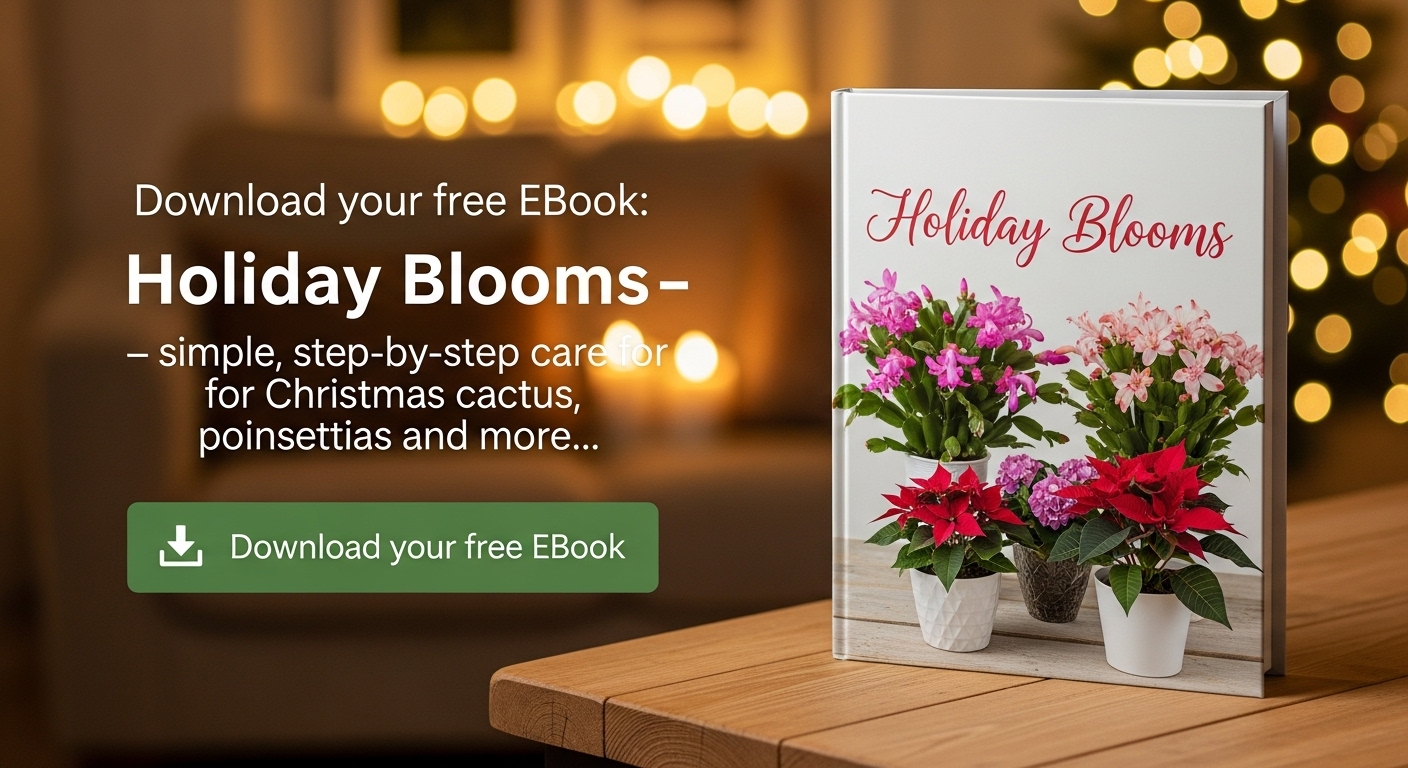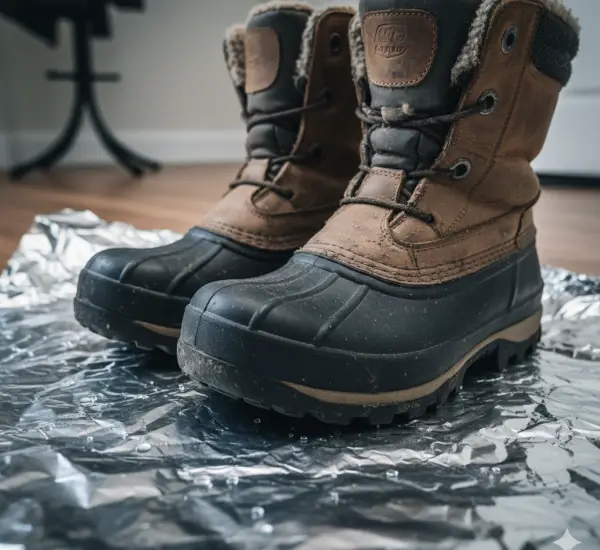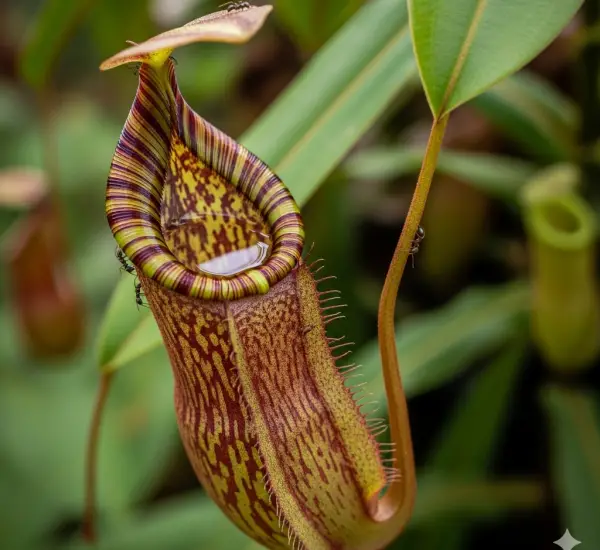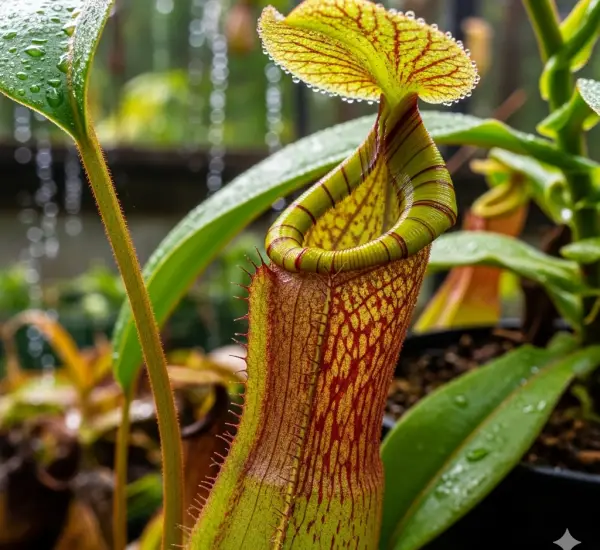How to Make Drip Irrigation with Recycled Plastic Bottles
Drip irrigation is one of the most efficient ways to water plants, ensuring they receive a slow, steady supply of moisture right at the roots where it’s needed most. One of the simplest and most sustainable ways to create a drip irrigation system is by using recycled plastic bottles. This method is perfect for gardeners looking to conserve water, reuse materials, and provide consistent care for their plants without investing in expensive irrigation systems.
Here’s a step-by-step guide to making your own drip irrigation system using plastic bottles:
Why Use Plastic Bottles for Drip Irrigation?
Plastic bottles are abundant and often discarded after a single use. Repurposing them for gardening not only keeps them out of landfills but also saves money. By creating a drip irrigation system with these bottles, you can provide your plants with a constant source of water without daily effort, especially useful during hot, dry periods.
Materials Needed
-
Empty plastic bottles (sizes from 1 to 2 liters work well)
-
A sharp knife or scissors
-
A nail or needle
-
A lighter or candle (optional, for heating the nail)
-
String or twine (optional, for hanging)
-
Water
Step-by-Step Instructions
1. Prepare the Bottle
Clean the plastic bottles thoroughly to remove any residues that could harm the plants. Remove any labels so you can easily monitor the water level inside the bottle later on.
2. Create Small Holes
Using a nail or needle, poke several small holes near the bottom and sides of the bottle. If necessary, you can heat the nail with a lighter to make it easier to puncture the plastic. Be careful not to make the holes too large; small holes ensure the water drips out slowly over time.
3. Customize for Different Plants
If you are watering larger plants or areas, you may need to adjust the number of holes or use larger bottles. For delicate plants that require less water, fewer or smaller holes will work better.
4. Position the Bottle
There are two main ways to use your bottle drip irrigator:
-
Bury Method: Dig a small hole near the base of the plant and bury the bottle upright with the cap removed or loosened. Leave the top of the bottle exposed so you can easily refill it with water. The water will slowly seep out through the holes, directly hydrating the roots.
-
Hanging Method: For container plants or hanging baskets, you can suspend the bottle above the plant. Attach a piece of string or twine around the neck of the bottle and hang it upside down. Make a tiny hole in the cap to allow slow dripping. This method is excellent for potted plants.
5. Refill and Monitor
Refill the bottles as needed. In hot climates, the bottles may empty faster, so check them daily at first until you understand how quickly the water is being used. Adjust the number of bottles or the hole size depending on your plants’ needs.
Additional Tips
-
Use Mulch: Mulching around the plant can help retain moisture and make your drip system even more efficient.
-
Fertilizer Additions: You can mix a small amount of liquid fertilizer into the water in the bottles for slow, continuous feeding.
-
Multiple Bottles for Larger Gardens: For bigger garden beds, space several bottles throughout the area to ensure even watering.
-
Rainwater Collection: If possible, fill the bottles with collected rainwater to make your system even more eco-friendly.
-
Hole Testing: Before placing the bottle near the plant, test it to ensure the water drips at a suitable rate. A drip every few seconds is ideal.
Advantages of Bottle Drip Irrigation
-
Water Conservation: Drip irrigation systems minimize evaporation and runoff, ensuring more water reaches the plant roots.
-
Low Cost: Using recycled materials means there is virtually no financial investment needed.
-
Time-Saving: Once set up, the system requires minimal maintenance.
-
Flexibility: This method works for vegetable gardens, flower beds, hanging plants, and even trees.
Final Thoughts
Making a drip irrigation system from recycled plastic bottles is a simple, cost-effective, and environmentally responsible way to care for your plants. Whether you’re a seasoned gardener or just starting, this technique can make a big difference in your garden’s health while reducing waste. With just a few minutes of setup, you can enjoy the benefits of consistent watering and healthier plants all season long.
